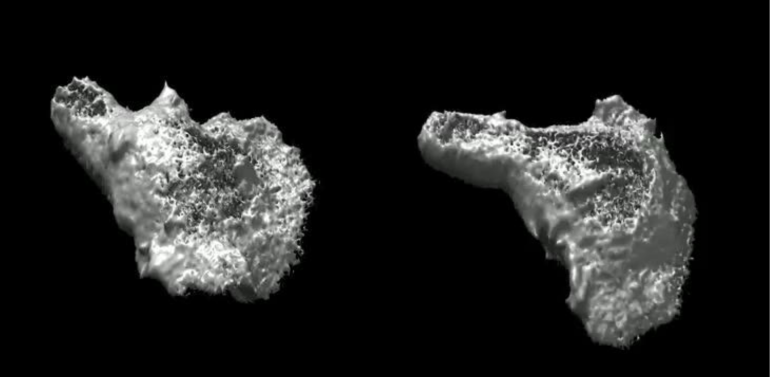In the September 15 issue of the Biophysical Journal, researchers reported that human white blood cells, known as leukocytes, swim using a newly described mechanism called molecular blasphemy.
This precise swimming mechanism could explain how both immune cells and cancer cells migrate into the various fluid-filled outlets in the body.
Cell migration
Cells have developed different strategies to migrate and explore their environment within the body. For example, sperm cells, microalgae and bacteria can swim by inducing changes in their shapes, or by using a filamentous, tail-like attachment called the flagellum.
The white blood cell or leukocyte is one of the main blood cells, and it makes up approximately 1% of the blood in healthy adults, and there are many different types of white blood cells, and the main function of these cells is to defend the body against all infectious diseases.
A previous study had reported that some human white blood cells known as "neutrophils" could swim, but the mechanism of that swimming has not been proven.
Another study showed that white blood cells in mice can be artificially induced to swim.
It is widely believed that swimming without a flagellum requires changes in cell shape, but the exact mechanisms underlying the migration of leukocytes have been the subject of controversy.
In contrast, somatic mammalian cells are known to migrate by attaching to surfaces and crawling, and it is widely accepted that white blood cells cannot migrate on two-dimensional surfaces without attaching to them.
There are different types of leukocytes, and their main function is to defend the body against infectious diseases (Bruce Blaus - Wikipedia)
Empirical evidence
In contrast to previous studies, Olivier Theodoli, co-author from Aix-Marseille University in France, and his colleague Shawky Mesbah of Grenoble Alpes University, and others provide experimental and computer evidence in the new study that human leukocytes can It migrates on two-dimensional surfaces without attaching to it, and can swim using a mechanism that does not depend on changes in cell shape.
"The ability of living cells to move independently is remarkable and vital for many biological functions, but the mechanisms of cell migration remain partly understood," Theodoli said, commenting on the study in a press release published on the Eurek Alert website.
"Our findings shed new light on the mechanisms of amoebic cell migration, which is an important topic in immunology and cancer research," he added.
For his part, Misbah says, "Looking at the movement of the cell gives the illusion that cells change their body shapes like swimmers ... And although the white blood cells display very dynamic shapes, and they seem to swim in breaststroke mode, our quantitative analysis indicates that these The movements are ineffective to propel cells. "
3D visual microscopy of the cytoskeleton of swimming lymphocytes showing protrusions traveling along the cell body (uric allert)
Molecular motor
The researchers showed that cells paddle using proteins across the membranes, which extend across the cell membrane and protrude outside the cell, and that the membrane running system - the back movement of the cell surface - drives the migration of white blood cells into solid or liquid environments, with and without adhesion.
Some of the membrane proteins are attached to fine actin filaments that form part of the cytoskeleton and contract to allow cells to move, and the actin cytoskeleton is widely accepted as the molecular driver that drives the cell.
The new results demonstrate that the membrane proteins associated with actin move the cell forward, while the freely circulating membrane proteins impede swimming.
The researchers suggest that continuous rafting is done through a combination of external actin-driven treadmills, and internal recycling of actin-associated membrane proteins through vesicular transport.
Specifically, rowing proteins are placed at the back of the cell within a vesicle cut from the cell membrane and transported to the front of the cell.
In contrast, proteins are synthesized across the membranes, not involved in cytokinesis, and do not undergo internal recycling through vesicular transport.
Majors Bridge
"The functions of protein sorting and smuggling seemed to be very complex for swimming," says Theodoli, "and our study, to our surprise, was a bridge linking distant fields such as the physics of micro-swimmers and the biology of vesicle motility."
The researchers say that molecular blasphemy could allow immune cells to accurately explore all sites in the body as they migrate into fluid-filled outlets such as a bulging body parts, an infected bladder, cerebrospinal fluid or amniotic fluid.
Going forward, the researchers plan to study and compare the functions of molecular blasphemy in different settings and to assess whether other types of cells use this pattern of migration.

